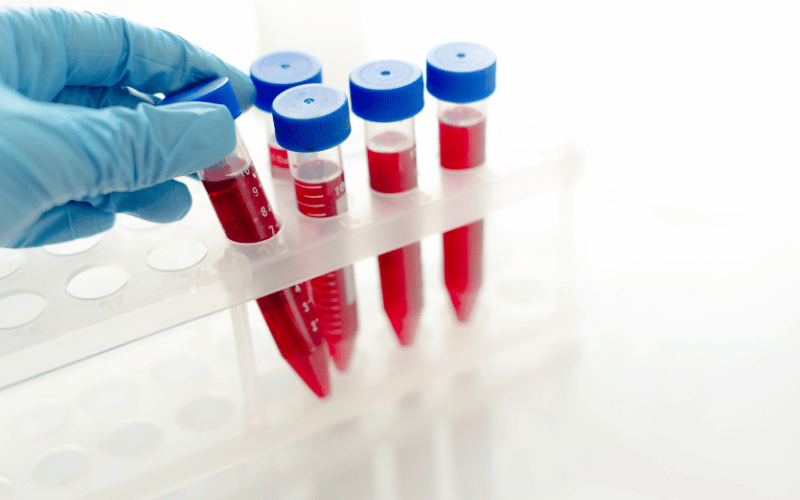12. Sideroblastic Anemia: Impaired Iron Use in Red Blood Cell Production

Sideroblastic anemia is a group of disorders characterized by the bone marrow’s inability to use iron properly in red blood cell production. This results in the accumulation of iron in the mitochondria of red blood cell precursors, forming ringed sideroblasts. Sideroblastic anemia can be inherited, such as in cases of X-linked sideroblastic anemia, or acquired due to various factors, such as alcohol abuse, certain medications, or exposure to toxins.
Treatment for sideroblastic anemia depends on the underlying cause. It may include vitamin B6 supplementation, iron chelation therapy (to remove excess iron from the body), or blood transfusions. In some cases, a bone marrow transplant might be an option for eligible patients. Regular medical care is essential for individuals with sideroblastic anemia to monitor their blood counts and address any symptoms or complications.
Symptoms of sideroblastic anemia can include fatigue, weakness, pale skin, and shortness of breath. Additionally, this condition can cause an enlarged spleen or liver and an increased risk of infections. Early diagnosis and treatment are crucial to manage symptoms and prevent complications.
Preventing sideroblastic anemia involves addressing any underlying causes and managing risk factors, such as avoiding excessive alcohol consumption or exposure to toxins. Genetic counseling and prenatal testing can help couples understand their risk of passing inherited forms of sideroblastic anemia onto their children and make informed decisions about family planning. (12)